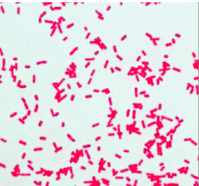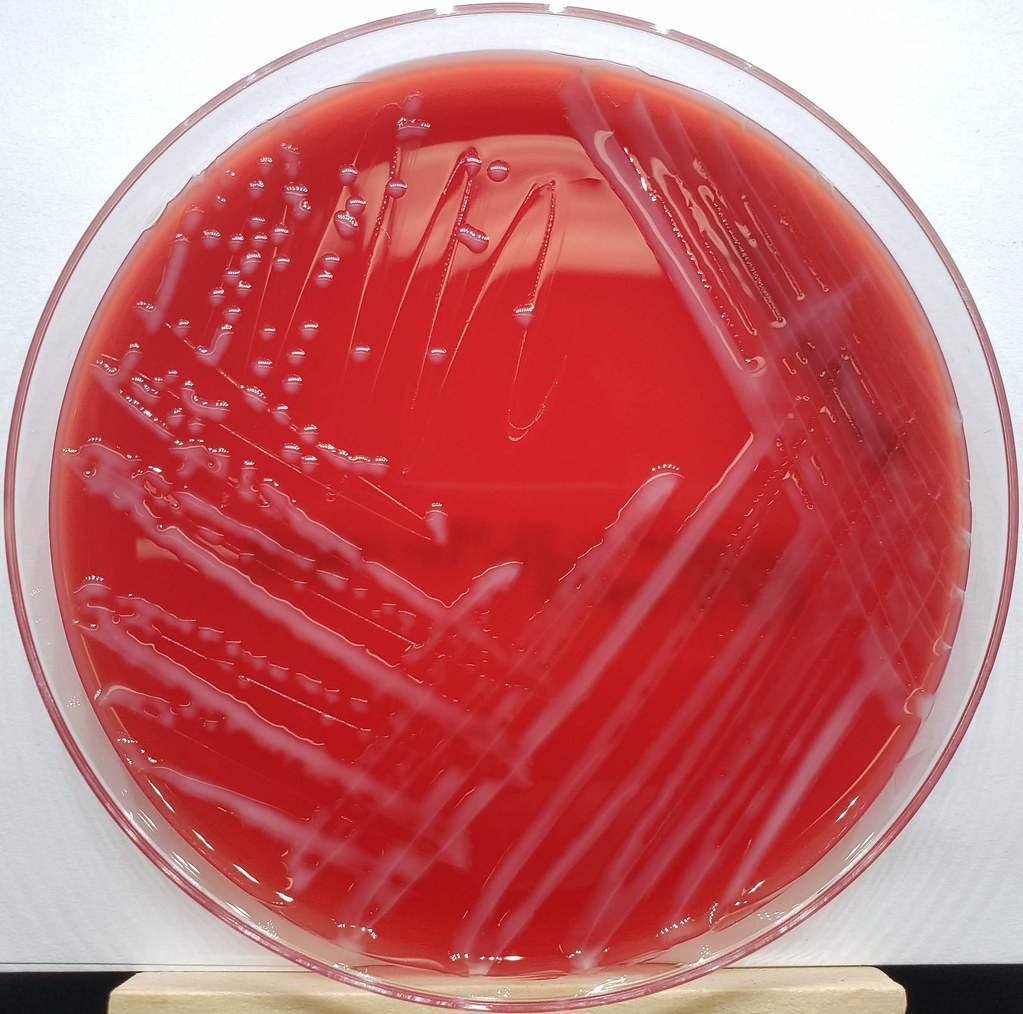

Invasion of epithelial cells is mediated by TTSS and the secreted effector proteins encoded by the 40 kb Salmonella Pathogenicity Island 1 (SPI-1) located on the Salmonella chromosome. Subsequently, the bacteria either invade the intestinal epithelial cells or get internalized by the M cells of the Peyer’s patches. Invasion is initiated by attachment of the pathogen to the intestinal epithelial cells by different types of fimbriae including type 1 fimbriae, long polar fimbriae (Lpf), and the thin aggregative fimbriae (curli). Salmonella infections develop in both the small and large intestines. The disease is self-limiting and usually lasts no longer than 3–7 days, but can lead to serious complications in immunocompromised hosts such as HIV patients. Disease symptoms usually appear within 6–48 h of ingestion of the bacteria and include nausea, vomiting, abdominal cramps, and diarrhea.

The infectious dose in adult volunteers has been shown to be 10 6. The infection usually occurs after ingestion of contaminated water or foods of animal origin such as meat, poultry, eggs, and dairy products. The nontyphoidal S almonella is the most common bacterial pathogen associated with food-borne outbreaks. Nontyphoidal Salmonella infections occur at a high rate in both developed and developing countries. enterica serovars typhimurium, enteritidis, newport and heidelberg, referred to as nontyphoidal Salmonella, cause gastroenteritis (salmonellosis), whereas the serovars typhi, paratyphi, and sendai cause enteric fever (see the section following on S. enterica causes a variety of infections in diverse animal hosts including humans, domestic animals, and birds, with infections in humans being caused mostly by serovars in subspecies I. enterica, is further subdivided into six subspecies with approximately 2500 serovars (serotypes). are Gram-negative facultatively anaerobic rods. Sansonetti, in Encyclopedia of Microbiology (Third Edition), 2009 Salmonella ( nontyphoidal serovars) Indole Production: Enterobacteriaceae are often sub-classified by their capacity to produce indole from tryptophan leading to categorization as indole positive and indole negative organisms.F.K.Consequently, organisms can be categorized as lactose fermenters and lactose non-fermenters Lactose Fermentation: Enterobacteriaceae are often sub-classified by their capacity to ferment lactose which can be visualized rapidly on EMB medium by the development of pigmented colonies when fermentation is positive.Selective Media: All enterobacteriaceae usually grow well on MacConkey Agar which inhibits growth of gram positive bacteria.Additionally, enterobacteriaceae produce a wide variety of powerful exotoxins.

Although they hold in common their capacity to infect the GI system, a variety of species can infect other organs and cause significant pathology. The Enterobacteriaceae are a loose collection of gram negative rods that can infect the GI system in humans and animals.


 0 kommentar(er)
0 kommentar(er)
